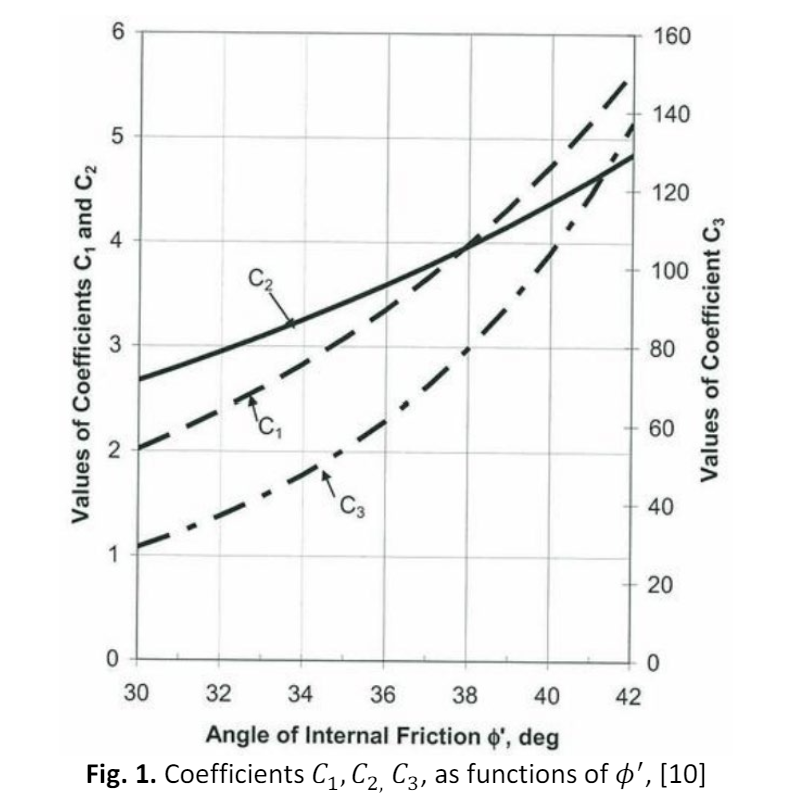Comparative Analysis of Blum and P-Y Methods for Design of Flexible Monopile under Lateral Forces
DOI:
https://doi.org/10.37934/aram.116.1.3750Keywords:
Monopile design, mooring dolphin, p-y method, flexible piles, deep foundation modelling, soil-pile interactionAbstract
Berthing operations in maritime transport are highly intricate and of paramount importance, particularly when dealing with hazardous materials. However, the maritime industry has witnessed significant advancements that have greatly enhanced safety and efficiency during these manoeuvres. Integration of advanced technologies, adherence to updated guidelines, and implementation of enhanced safety measures, such as utilizing breasting dolphins equipped with protective fenders, have played a pivotal role in ensuring smooth and secure berthing processes, especially in terminals dealing with hazardous cargo. This study presents a comprehensive comparative analysis of two prominent methods, namely the Blum method and the P-Y method, for designing mooring dolphins. Mooring dolphins are critical structures utilized for safely berthing vessels in offshore terminals, with a particular focus on handling hazardous materials. The Blum method and the P-Y method were both applied in this analysis to examine soil-pile interaction and assess the behaviour and performance of mooring piles. The results of the study demonstrate that both the Blum method and the P-Y method yielded displacements within the allowable limit of 50 centimetres, making them suitable and reliable for the design process. However, it was observed that the P-Y method provided a slightly higher penetration depth, showcasing its ability to exercise improved control over lateral pile head displacement. Additionally, the analysis revealed that the maximum bending moment obtained from the Blum method was approximately 3.6% higher compared to that obtained from the P-Y method.
Downloads


























